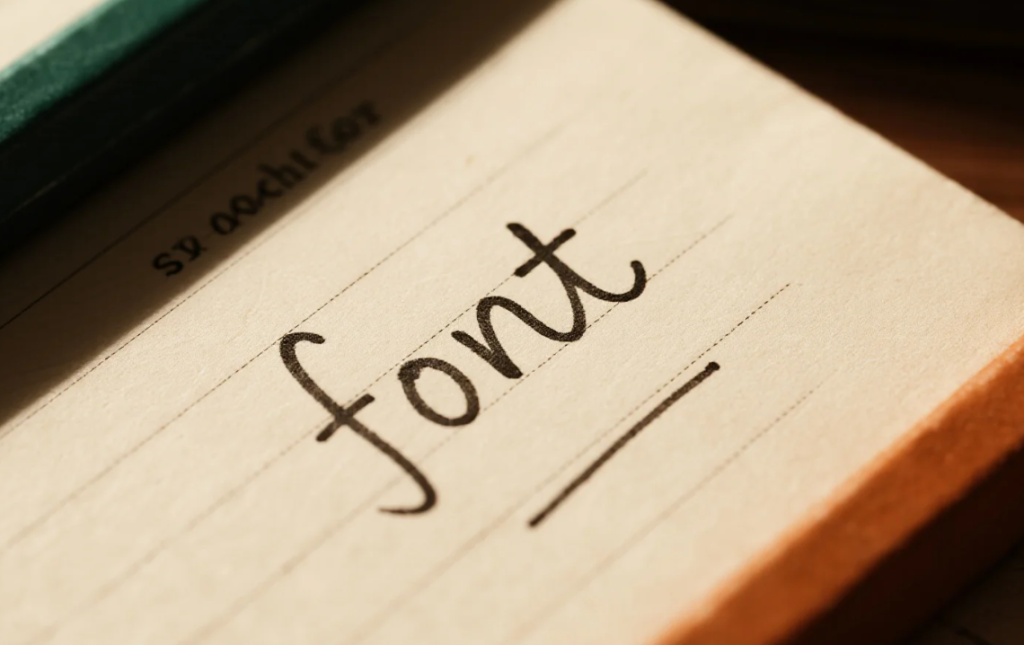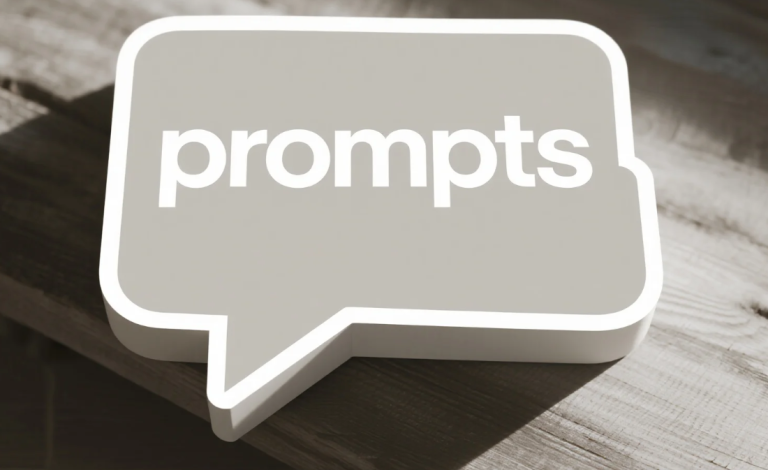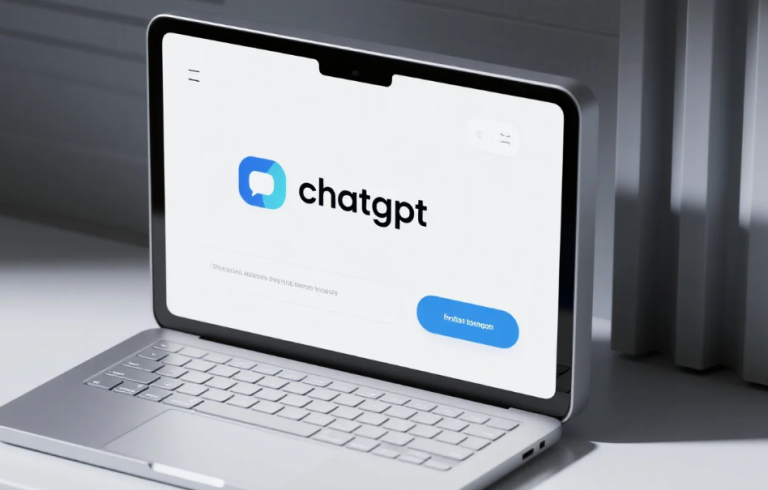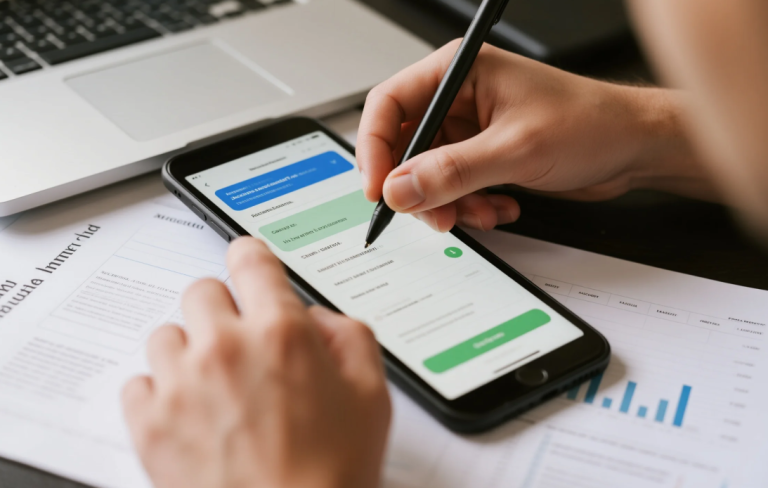When people first encounter ChatGPT’s clean, minimal interface, one question often pops into their mind: what is chatgpt font? Designers, developers, and even casual users wonder which typeface makes the interface so easy to read and pleasant to use. The truth is interesting—ChatGPT doesn’t rely on one single, branded font. Instead, it uses a system-based approach that adapts to your device. But if you want to recreate the ChatGPT style for a design project or presentation, there are several close matches worth knowing.

Why People Ask “What Is ChatGPT Font?”
Typography shapes how we experience digital tools. A font can make text feel approachable, serious, or professional. With ChatGPT, the interface looks balanced and readable no matter where you access it. That sparks curiosity. Is it a custom typeface built only for OpenAI? Or can anyone use it?
The answer is simpler than expected. Rather than introducing a proprietary typeface, ChatGPT uses system fonts. These are the default fonts optimized for each operating system. This choice ensures speed, legibility, and familiarity across platforms.
The System Font Stack Behind ChatGPT
To explain it clearly, when you ask what is chatgpt font, the response lies in the concept of the system-ui font stack. This is a CSS setting that tells a website or app to use whatever the device’s main system font is. The result is a consistent experience that feels “native” to the user’s environment.
Here’s how it breaks down:
- MacOS / iOS → San Francisco
- Windows → Segoe UI
- Android → Roboto
- Fallback fonts → Helvetica Neue or Arial
Therefore, ChatGPT doesn’t enforce a single typeface. Instead, it adapts. On a MacBook, your interface text appears in San Francisco. On a Windows PC, you’ll see Segoe UI. This clever approach guarantees that no matter where you use it, ChatGPT feels like part of your device.
Recommended Font Combination to Recreate the ChatGPT Style
Even though ChatGPT adapts across platforms, designers often want to replicate the exact look for UI mockups or presentations. If you want to mirror its typography, the closest recommended stack includes:
- Primary Choice: San Francisco (ideal for Apple-style displays)
- Alternative: Segoe UI (clean, widely available)
- Android Option: Roboto (open-source and highly legible)
- Backup: Helvetica Neue (classic, neutral appearance)
By combining these four, you can achieve a style that feels nearly identical to ChatGPT. For web design, this stack can be defined in CSS, while in tools like Figma or PowerPoint, you can manually set the font depending on your system.
Case Study: Using ChatGPT Fonts in Design Projects
Imagine a UI designer creating a chatbot dashboard. To ensure a friendly and familiar look, they might ask: what is chatgpt font and how can I integrate it? By applying San Francisco or Roboto, depending on their project platform, they instantly get that clean, readable atmosphere.
Similarly, a marketing team preparing a presentation might want their slides to evoke the same clarity. In this case, switching their headings to Segoe UI while keeping body text in Helvetica Neue can capture the ChatGPT tone. These small adjustments make content feel trustworthy and approachable.
Interestingly, this approach works beyond digital interfaces. For print handouts or branded reports, designers have successfully applied the same stack. While San Francisco is not officially licensed for non-Apple platforms, Roboto and Segoe UI are widely accessible substitutes.
Why This Font Choice Works So Well
Fonts are more than decoration—they shape usability. By adopting system fonts, ChatGPT achieves several things at once:
- Speed: No custom font files need to be downloaded, so text renders instantly.
- Clarity: Each operating system’s default font is optimized for screen legibility.
- Trust: Using familiar system typefaces makes the interface feel natural, not foreign.
This design decision is almost invisible to most users, which is exactly why it works. People don’t stop to think about typography when it feels right.
Practical Guide: How to Apply ChatGPT Fonts Yourself
If you’re a developer, here’s a simple CSS snippet that mirrors the ChatGPT style:
font-family: -apple-system, BlinkMacSystemFont, "Segoe UI", Roboto, "Helvetica Neue", Arial, sans-serif;
This line ensures your website or app adapts just like ChatGPT, displaying San Francisco on Apple devices, Segoe UI on Windows, and Roboto on Android. For everyone else, it falls back to Helvetica Neue or Arial.
For non-developers, here are some quick applications:
- PowerPoint or Google Slides → Use Segoe UI for titles and Roboto for body text.
- Figma or Sketch mockups → Apply San Francisco if you design on a Mac, or Roboto if you’re on Windows.
- Print documents → Stick with Helvetica Neue for its clean neutrality.
Is There a Single “Official” ChatGPT Font?
Here’s where things get tricky. Many users assume OpenAI picked one specific typeface. But in reality, the answer to what is chatgpt font is: there isn’t one. Instead, ChatGPT relies on a flexible system that adapts to each platform.
This can feel counterintuitive. After all, many tech brands (like Apple or Google) push signature fonts. However, OpenAI prioritized accessibility and speed over visual branding.
Interestingly, this design choice highlights an important principle: sometimes, letting the user’s device decide is the best way to create comfort and trust.
When to Use These Fonts in Your Own Work
As a designer, you might wonder when it’s appropriate to apply these fonts. Here are a few cases:
- Prototypes and mockups → To test readability and create familiar experiences.
- Presentations and reports → To evoke clarity and modernity.
- Web projects → To match ChatGPT’s friendly, minimal interface style.
However, it’s important to remember that some fonts like San Francisco are not licensed for use outside Apple systems. If you’re building cross-platform designs, Roboto and Segoe UI are safer bets.
A Real Example of Impact
A UX team once redesigned their customer support chatbot interface. They initially used a decorative font for headings, which looked stylish but made long conversations harder to read. After switching to Roboto, inspired by what is chatgpt font, they noticed higher engagement and reduced user complaints about readability. This shows how small typographic choices can dramatically shape user experience.
Conclusion: The Closest Answer to “What Is ChatGPT Font”
So, what should you remember the next time someone asks what is chatgpt font? While there’s no single official typeface, the combination of San Francisco, Segoe UI, Roboto, and Helvetica Neue captures the true essence of ChatGPT’s interface.
By adopting these fonts in your projects, you can recreate the same modern, trustworthy, and easy-to-read style. Whether you’re building an app, crafting a slide deck, or exploring UI design, this stack ensures your typography feels aligned with one of the most popular AI platforms today.
Typography is a subtle design tool, but as ChatGPT proves, the right choice makes interaction feel seamless. That’s why this question keeps coming up—and now, you know exactly how to answer it.



